Get going on your 9-year climate action plan and help us get to 100% Renewable by 2040! Click here for a roadmap. Get more information on the action ideas below.
Right now, here is how we use energy:
- 32% of the energy we consume is for our buildings in the form of propane and oil
- 45% of the energy we consume is for transportation in the form of gas, diesel and aviation fuel
- 23% of the energy we consume is in the form of electricity.
To reach the goal of 100% Renewable by 2040, we need to convert to using electricity for our buildings and transportation. And get that electricity from renewable sources.
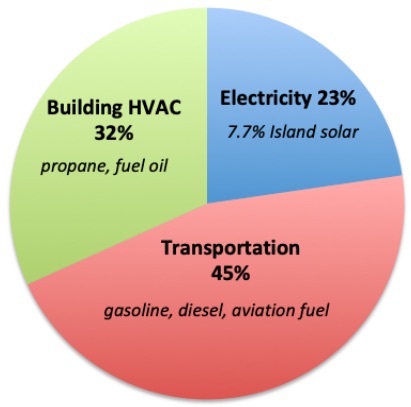
Get your electricity from a renewable source
This is one of the simplest ways to help with the goal of a 100% Renewable MV by 2040. Join the Cape Light Compact’s Local Green. You may not be ready to install solar at your house but by joining, you can get electricity generated by solar panels.
Your electrical bill has two parts: Eversource is your distributor of power, and then you have a choice for power supply. Much of that electricity supply is being generated from natural gas. The process of extracting natural gas -fracking – releases large amounts of methane into the atmosphere. Methane is the most harmful, heat-trapping, greenhouse gas.
You can make a difference by switching your power supply to a local renewable source. Enroll on their website or call 1-800-381-9192.
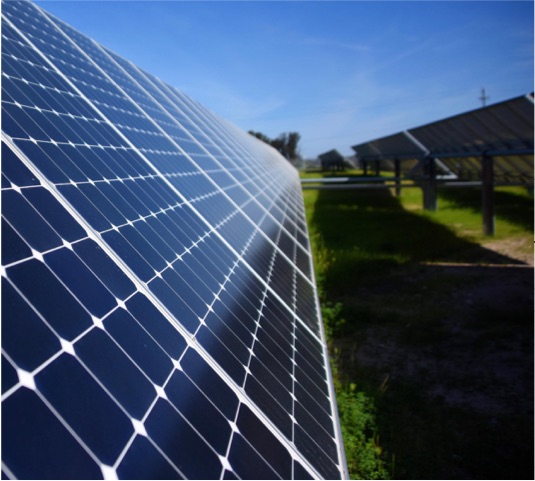
How do we use energy today?
Currently, 1/3 of our buildings are heated with oil,
2/3 with propane. All our buildings use electricity.
We need to convert to getting all our energy from electricity.
How does our fuel and electricity get here?
Our propane and oil come over on the Steamship boats or on Packer’s barges.
We have 4 underwater cables that bring our electricity from Falmouth and diesel generators to support summer peak usage. Eversource is now considering the installation of a 5th cable. As we convert to heat pumps and summer temperatures increase, we will need more energy supply. A battery bank at Eversource could supply power during times of peak demand and help us as we add more island solar arrays.
On-island solar generation helps with our resilience. Currently 7.7% of our electricity comes from on-island solar arrays.

Build it Right, Make it Tight!
We have 17,500 houses now. Some that were seasonal are now being used
year-round. We have 1,100 non-residential buildings.
Many of these buildings will still be around in 2050. If we are to meet the goal of 100% Renewable by 2040, we must improve our existing buildings so they use less energy and we need to be sure that any new structures we build are as efficient as possible and use electricity from renewable sources for all energy needs.
Here’s What You Can Do for Your House
Have the Cape Light Compact do an energy audit and a blower door test so you can see where your air leaks are and where more insulation is needed. Take advantage of the Compact’s insulation offers. If you are replacing windows and siding, add insulation to the outside of your house when you do so. These actions will keep you warmer in winter and cooler in summer.
If you are a tenant, you can do this too. Your landlord signs off on the improvements and the costs are covered by the Cape Light Compact.
IF you are building a new house
Spend money on insulating it well and aim for a net-zero carbon structure: an energy efficient, 100% electric house with the electricity coming from renewable sources. This will give you a comfortable and healthy home with low to no energy costs.
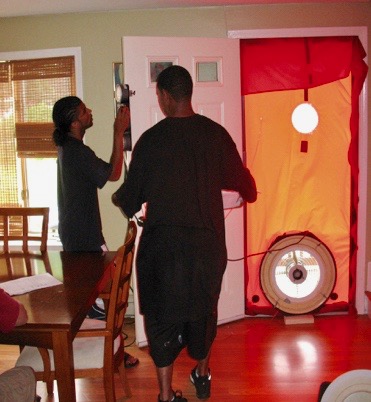
Air Source heat pumps are THE way!
You have seen them: metal boxes sitting outside houses with a grill on the front; “mini-splits” inside houses that deliver heat or cool. Now that there are cold climate units available, this is the most efficient way to heat, cool and dehumidify your home or workspace. They are a key strategy to our meeting the goal of 100% Renewable by 2040.
Cold Climate Air Source Heat Pumps (ASHPs) facts:
- The installation costs are less than that of a propane or oil-fired burner or furnace
- They run more efficiently and cost less to operate than oil or propane
- They can replace your current heating (and cooling) system or supplement it
- It is key that you get a high efficiency “cold climate” unit
These systems can be ducted or ductless. The ductless ones often use “mini-splits” which are wall-hung; there are also floor and ceiling units.
For existing houses, replace or supplement your furnace or boiler with an ASHP. For new houses, installing an ASHP is the best choice.
And then there are REBATES!
Mass Save offers rebates and if you heat 90% of your space with heat pumps, there is an additional rebate through MA Dept of Energy Resources. And, you can get a 0% interest HEAT loan to pay for it. Get an energy assessment through the Cape Light Compact to access the loan. 1-800-797-6699 to schedule.
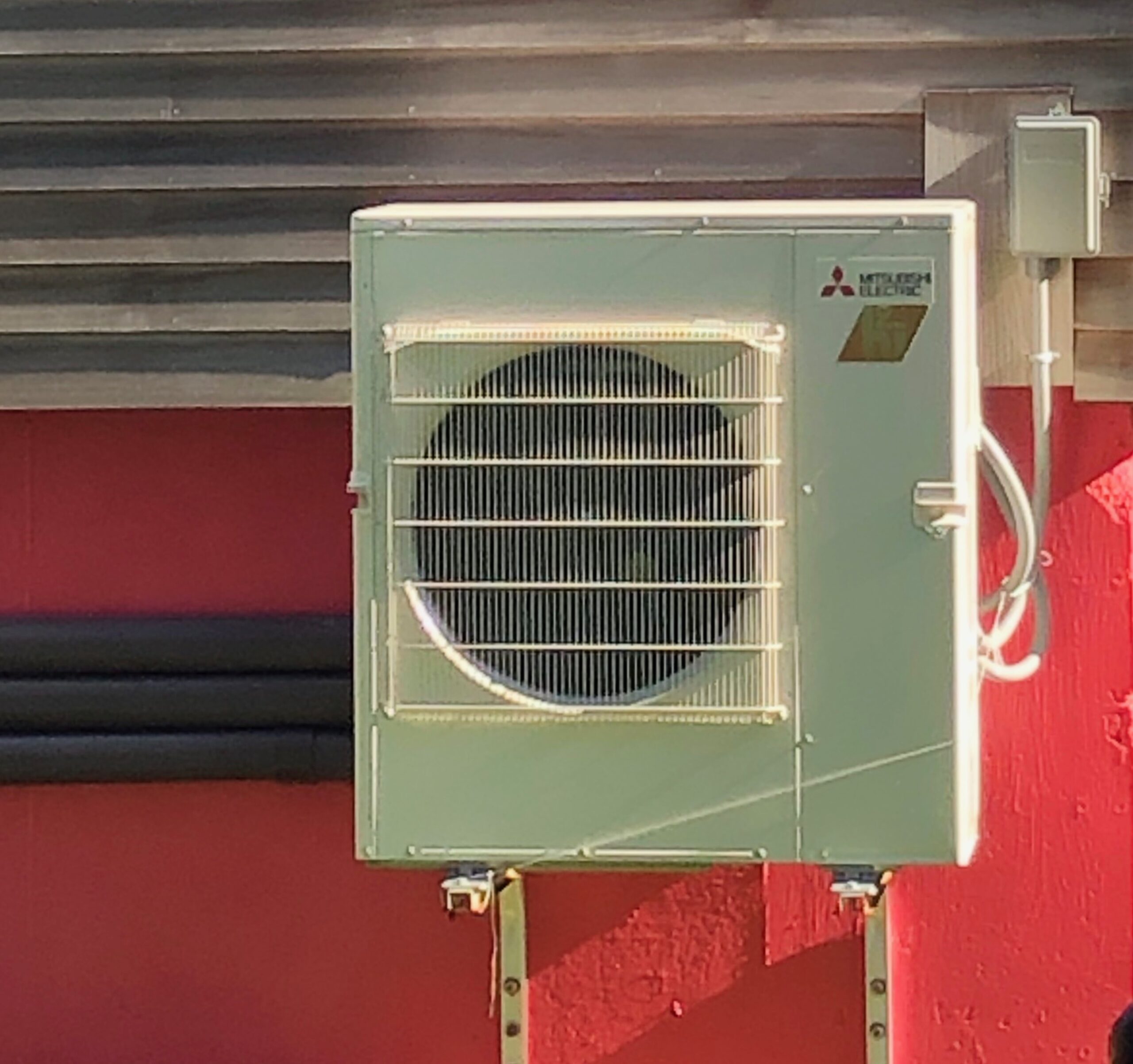
Make the switch to a hybrid-electric water heater
We ALL use hot water. One of the easiest ways to decrease your fossil fuel use is to switch to a hybrid electric water heater. It’s an easy switch because you already have a water heater set up. This is another KEY tool to our meeting the 100% Renewable goal.
How Do They Work?
These water heaters use a heat pump to draw their heat from the surrounding air. The hybrid mode uses both the heat pump and an electric resistance heater so that you have plenty of hot water when more is needed.
How to Get Started?
- You need a space at least 7′ x 10′ x 10′ that is at least 50 degrees and no hotter than 90 degrees. This could be where your current water heater is or, a large closet or laundry room.
- Once you have picked the spot, call your plumber to give you a price and install it.
- Ask your plumber what size you should install and be sure the heater meets the Uniform Energy Factor. (UEF) For units > 55 gallons the UEF needs to be 2.7 or higher.
For 55 gallons or <, it needs to have a UEF 2.0 or higher.
Find the Rebates and Turn it On!
- Rebates range from $150-$600, depending on what fuel you are replacing. Once your system is installed, go here to fill out your rebate form.
- For most flexibility, set the water heater to hybrid mode
- 120-122 degrees should be good but see what works best for you and your family.
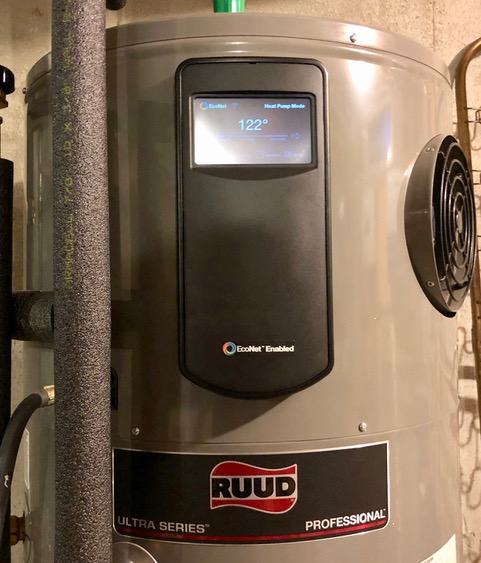
Juicing up our Transportation
45% of our energy use is for transportation. That is higher than other communities because of the fuel used for ferry service.
In 2018, 22,191 automobiles and light trucks were registered on the Vineyard at the RMV. These light vehicles account for one- half of the carbon dioxide emitted by all forms of transportation on the island.
To reach the goal of 100% Renewable by 2040, we need to convert to using electricity for our all transportation. And get that electricity from renewable sources.
GETTING STARTED
Do you know someone with an electric vehicle?
Ask them about their experience with it and if you can take it on a test drive. It will be quieter and zippier than you think!
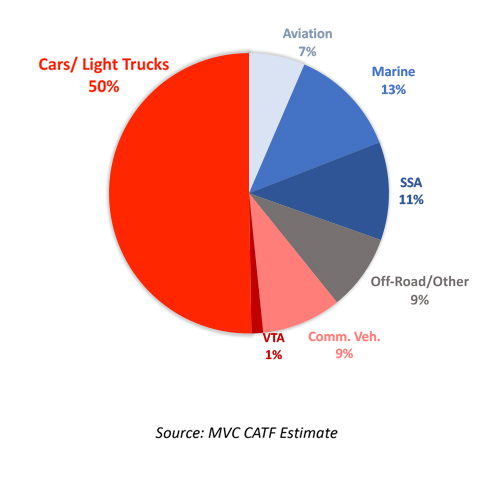
For Your Next Car, Buy or Lease an EV!
The electric vehicle market is rapidly expanding as battery technology improves. The newer cars have greater range and there is more choice of vehicle.
At the top of the line, Teslas get over 300 miles/charge. The Chevy Bolt gets 259 miles, the Nissan Leaf gets 226 miles and there are others!
If we are to meet the goal of 100% Renewable by 2040, we need to convert our fleet of vehicles here to be electric, with power coming from renewable sources.
A few facts:
- EVs require much less maintenance. Battery checks, brakes and tires are the main things.
- They run quieter and are quite zippy because there is no transmission so the power goes directly to the wheels providing instant acceleration.
- If you are not ready to spend the money to buy a new or used one, leasing is a good option.
- EVs are great on the Vineyard because our distances are short. When you take the car off-island, you may have to charge it. There are apps to show you where to charge your car.
- There are both Federal and State rebates, depending on how many cars the company has already sold.
Go to Normal Now or the Drive Green website
to learn more about how EVs work, charging and what rebates are available.
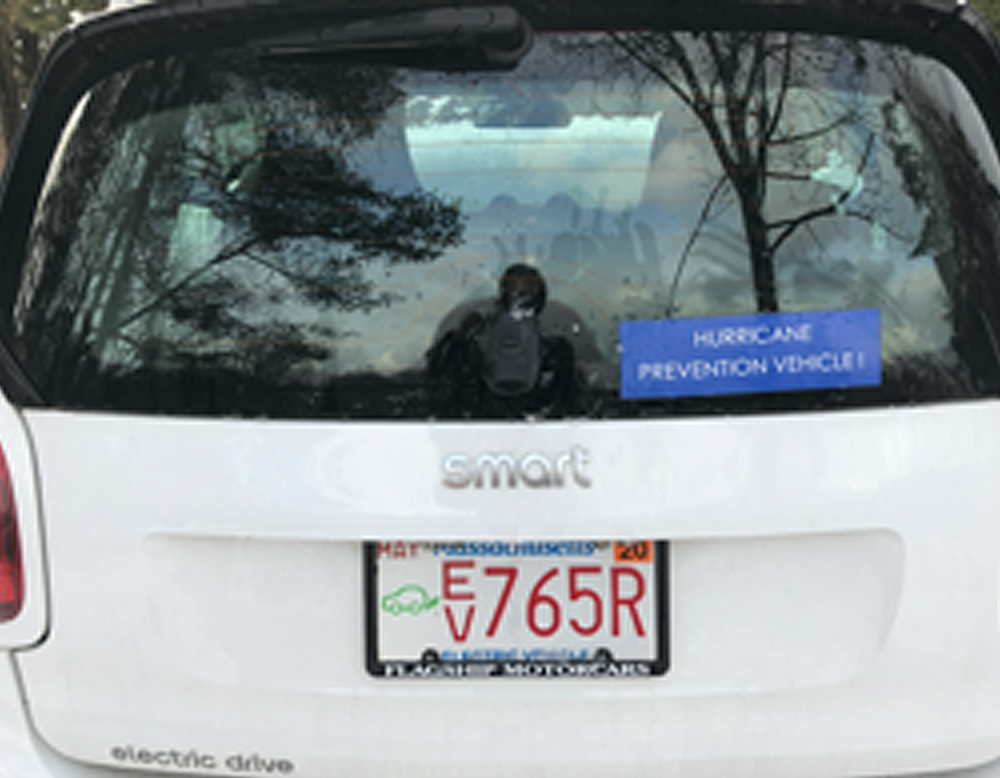
Make Way for EV Trucks- they’re coming!
2021 will see the beginning of pick-up trucks being introduced into the market.
Governor Baker has just mandated that by 2035, all “light-duty vehicles” sold in Massachusetts will need to be zero emissions. This means cars but mandates such as this will boost the production of electric vehicles for all.
If you are looking for a new truck and want to be on the cutting edge, a great article in Clean Technica gives a good description of what you could buy in 2021.
Here are some of those options and more:
- The Rivian R1T has a range of 300+ mile range. They also have the R1S- a sport utility vehicle with the same range.
- The Lordstown Endurance is being offered as a fleet vehicle. It is designed with four “in-hub” motors to reduce the number of moving parts.
- The GMC Hummer EV has an estimated 350+ mile range.
- The Tesla Cybertruck is a space-age-looking vehicle with a 250 mile range.
- The Ford F-150 Electric is coming—to be offered in 2022.
- The Bollinger is an all electric truck that has a range of ~200 miles.
- The Atlis truck platform is offering both a fleet work truck and a pickup truck, with range choice of 300-500 miles.
- The Jeep Wrangler 4XE is a plug-in hybrid: 25 miles of electric power combined with a gas engine.
Lots to explore and choose from!
click here
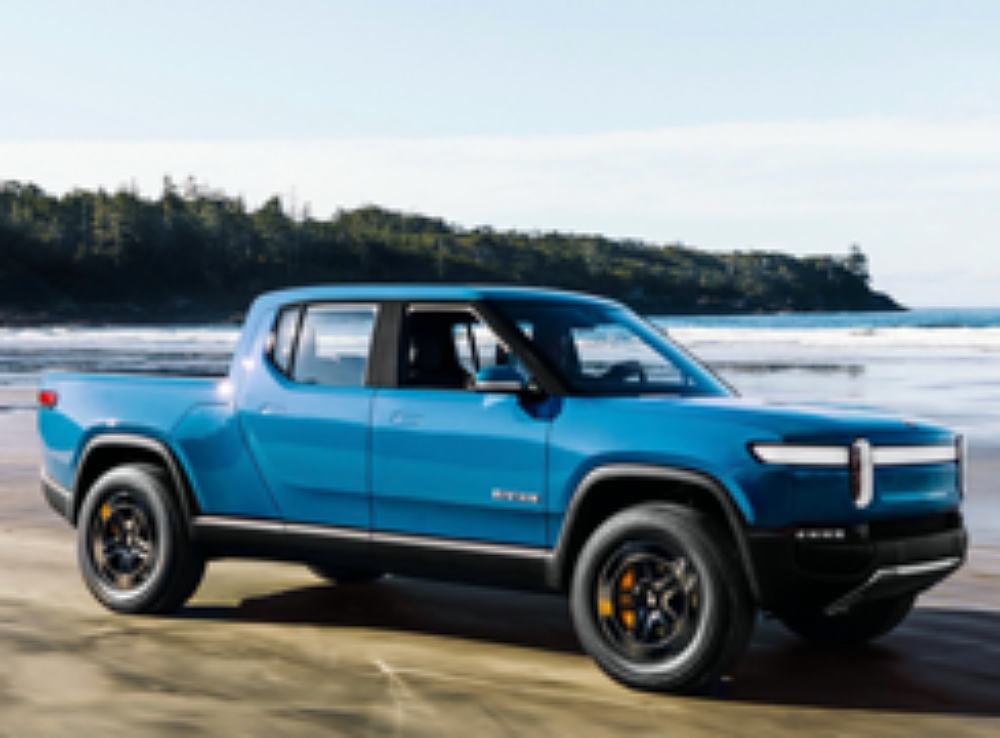
Converting Our Steamship Fleet
Ferry fuel use is 11% of our island’s transportation energy use. 1,290,723 gallons of diesel fuel were used in 2018. We need to transition to a cleaner way to travel. Scandinavia and Washington State are leading the way in transitioning to electric and hybrid ferries.
Washington State has the largest ferry system in the US with 21 vessels, 20 terminals and 24 million passengers. They are redesigning their vessels to convert them to a hybrid-electric propulsion type without disrupting structural components. The ferries will operate on all-battery power during crossings and can revert to a hybrid, diesel-electric propulsion if required. Battery recharging will occur dockside at the terminals during loading procedures. Their goal is to have 90% be plug-in hybrid by 2040. The conversion of the first boat will cost $40,000,000 and will begin this year.
Denmark has the largest fully-electric ferry, “E-Ferry Ellen” launched in 2019. The ship can carry 30 cars, 200 passengers and go 22 nautical miles. (Our “Island Home” can carry 60 cars, 999 passengers and goes about 8 nautical miles on the Vineyard Haven route.)The Ellen is powered by a battery system with a capacity of 4.3 MWh.

How about Our School Buses?
This year, our Vineyard school system will take its first steps to electrify the school bus fleet. With the help of VW settlement grant, MVYPS has purchased two electric school buses: to arrive in March or April 2022. We currently have 21 full-length school buses: 16 gas, 5 diesel. Diesel fuel, in particular, has been proven to cause respiratory diseases and worsen conditions such as asthma. Electrifying school buses reduces emissions that are harmful to our kids and saves our School Districts money in fuel and maintenance costs. Support this effort by telling your town’s School Board that you want us to have an all-electric fleet.
More Electric Buses on the Horizon
- The Vineyard Transit Authority has 12 electric buses now. As of June, half their fleet of 32 will be electric.Their goal is to be 100% electric by 2027.
- The Steamship Board has just voted to purchase 3 electric buses: 2 will be transit to Falmouth parking lots—also supported by a VW settlement grant.
All of these buses make our environment and the air we breathe healthier and move us towards our 100% Renewable by 2040 goal. A next step is to have all their batteries charged from power from renewable sources.
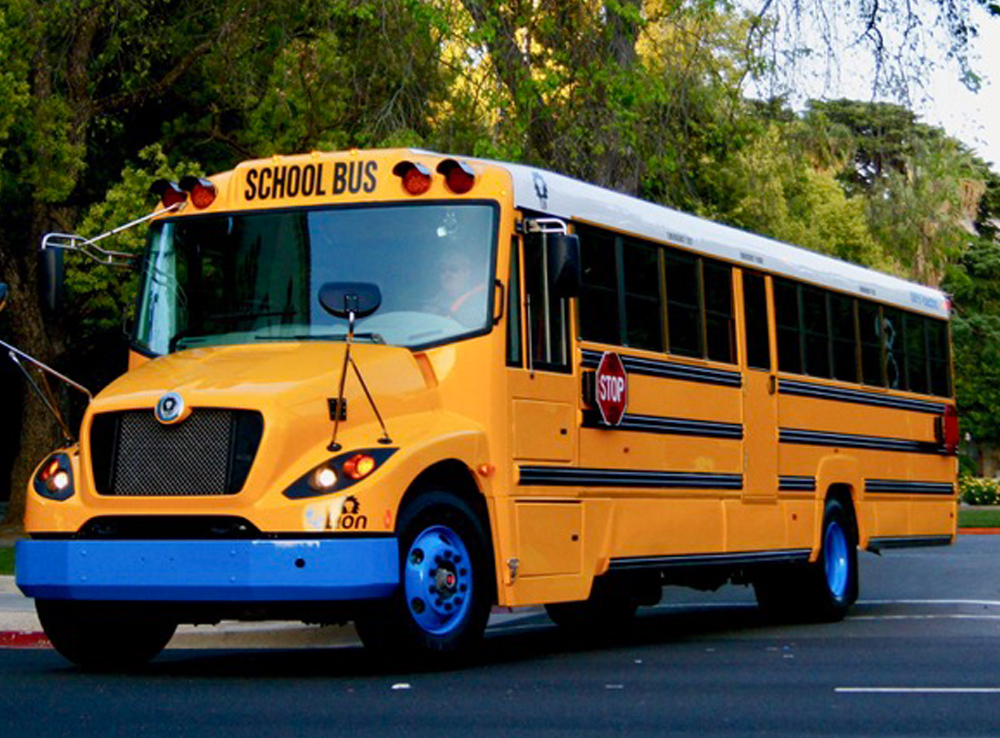
Becoming Resilient
Prolonged power failures are a serious concern as climate change progresses and more extreme weather events occur. When the electric grid is down, having systems that give us a continued source of power, without relying on fossil fuels, is crucial. It took Puerto Rico 6 months to start to bring back power after the hurricanes of 2017. They didn’t have drinking water for 3 months. We need to be prepared for these sorts of situations.
Imagine a Vineyard where we are generating enough power from renewable sources and have enough energy storage in place to sustain such outages.
Resilience Strategies
- Individual buildings have solar and batteries to provide back-up power on-site
- Micro-grids are used to cluster buildings or houses, using on-site renewable energy generation and batteries (often coupled with a fossil fuel generator).
- Large energy storage facilities maintained by the utility company.
Town Resilience
Aquinnah, Chilmark, Oak Bluffs, Tisbury and West Tisbury all have projects they would like to do that will make use of solar combined with a battery bank. This will ensure that these buildings can continue to function in a power failure no matter how long it is. These batteries can also feed power back into the grid at times when our usage is highest to help meet that increased demand.
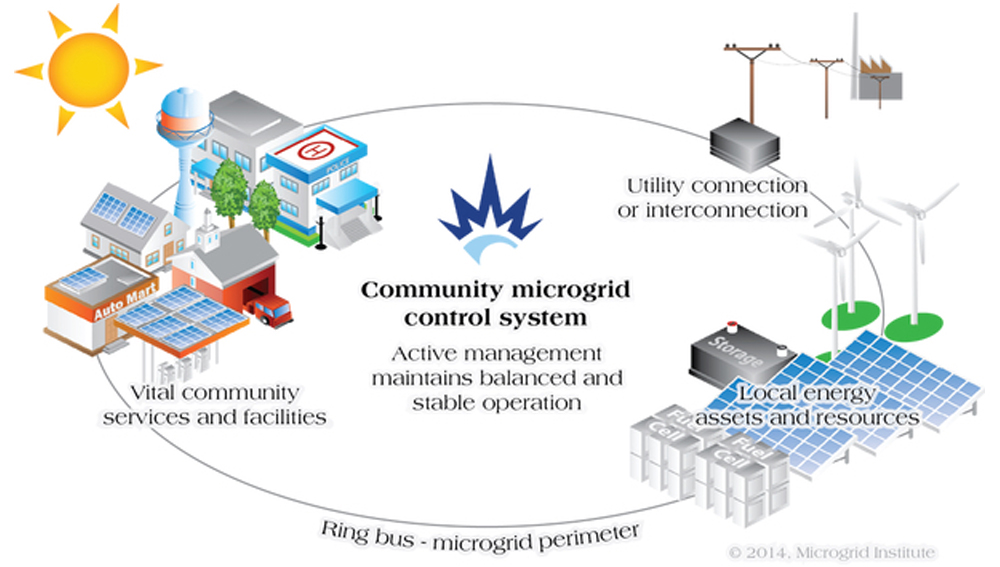
Batteries Make Us Resilient
Imagine a Vineyard where we are generating our power from renewable sources and have enough energy storage to sustain critical loads during prolonged power outages. Batteries play a big role in that vision and they can also feed power back to the grid on hot summer days when we are using too much electricity and Eversource has to run their diesel generators to keep up.
Battery Info
- Lithium-ion batteries are the current technology. They are in our cell phones, laptops and used for energy storage. There are environmental concerns about the mining of materials for these batteries.
- Toyota has just announced a “solid-state” battery that will give their electric vehicles much greater range and be less prone to fire than batteries with a liquid or gel electrolyte.
- Insulating our buildings well and switching to all-electric systems with local solar and batteries to power them will make us resilient to prolonged power failures.
Batteries in electric vehicles are also starting to come on line as a way to provide power to your house.
Your Resilience
Get set up by having that energy assessment done, adding insulation & air sealing,
& having a site evaluation for solar and heat pumps. As battery technology improves, then you will be
ready for the next steps.
Look at Texas and what happened when there was no fuel to see why resilience is so important.
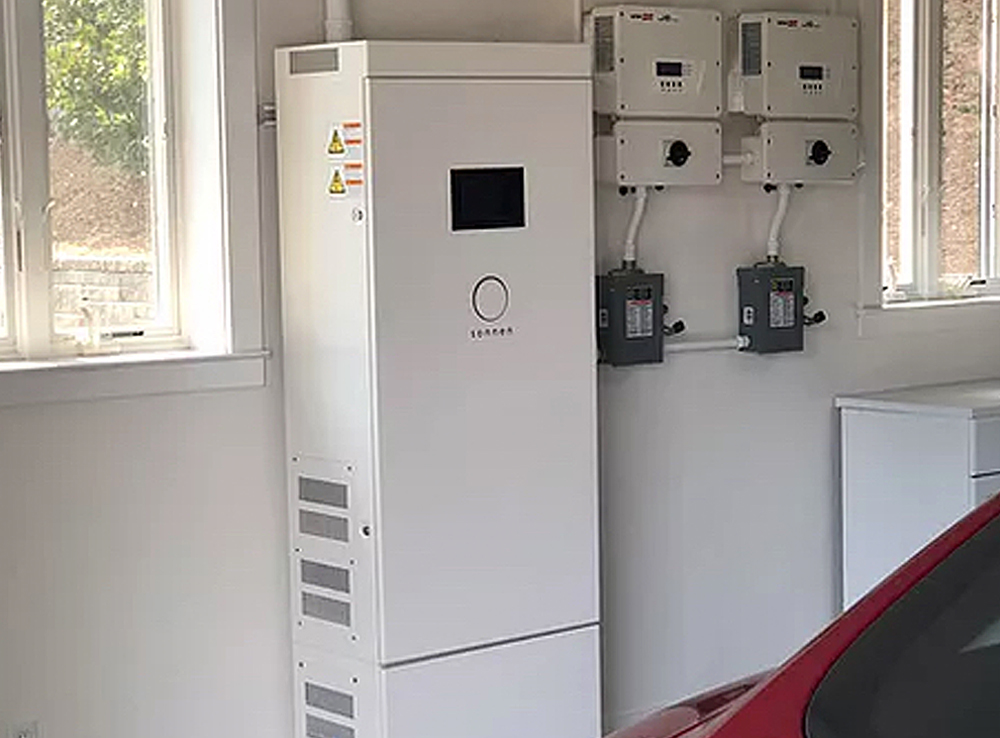
Picture from vitalenergysolar.com
Going Solar When You Can’t Do It at Home
Part of the vision of a 100% Renewable Energy Island includes large, community solar arrays around the island.
What is Community Solar?
- Most importantly, it is a way that YOU can get your electricity from solar panels even if your site is too shaded or you don’t have enough money for solar at your house or business.
- Community-shared solar are larger projects often funded by third party developers who take advantage of tax incentives. (They get additional incentive money for making it a community solar project.)
- The credits from the power generated are applied to your electrical account. You get at least a 10% discount on your bill. You say how many kilowatt-hours you would like based on your
Going a Step Further
- Community solar arrays might also be installed in subdivisions where there are a group of homes clustered together.
A microgrid could be formed so that the houses are all getting power from the solar array. If batteries are added, the system could then provide power for critical loads during prolonged power failures.
Keep an eye out for Cape or Vineyard Community Solar opportunities! Either is a great way to add more solar to our regional electrical supply and gets you a discount on your electrical bill besides!

Taking Care of Ourselves and Our Species
In our State, wind and solar are our greatest resources
What does solar do for us?
- Even though Massachusetts is not the sunniest, we are getting 7% of our power from the sun. We are 5th in the nation and have installed 111,000 projects to date.
- Solar’s greatest contribution to our climate crisis is the local resilience it can provide. When batteries are added, electricity for critical loads will be available– even in prolonged power failures.
Wind is Our Greatest Resource
- The offshore Vineyard Wind project, at 800 megawatts, will provide as much power as ALL our State’s current solar arrays. The just-released Massachusetts Climate Law calls for increased procurement, for a total of 5,600 megawatts of wind power.
Solar is the way we will buffer ourselves from the local impacts of climate change. Wind is one of the ways we will help with the survival of our species–by reducing the carbon dioxide and methane that we release into the atmosphere.
What can YOU do?
Still sitting on the fence about solar? Now is the time to take action and have a site evaluation done. Energy Sage is one place to get solar quotes. David Smith offers free consulting when you want to evaluate proposals. [email protected]
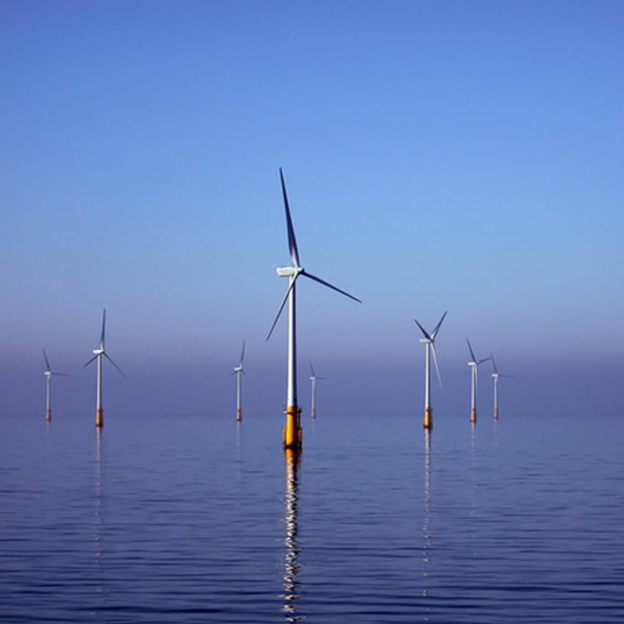
Food Waste is 8% of Greenhouse Gas Emissions…
More than the Carbon Footprint of the Airline Industry*
According to Project Drawdown, one third of the food produced in farms and factories never makes it to our plates. This is wasteful on so many levels: seeds, water, energy, land, fertilizer and labor all wasted. In wealthier nations, 35% of the food waste occurs in our homes: we don’t eat what we buy, it rots and we throw it out.
“Shop Your Fridge” is what Sophie Abrams Mazza says: urging people to reduce their waste by first looking at what they already have and seeing what can be made with it.
We ship 19,000 tons of trash off-island each year. More than a third of that is food waste. Some of that waste is burned at SEMASS but at least half goes to a landfill near New Bedford. Landfilled food waste creates methane: a greenhouse gas considerably more detrimental than carbon dioxide.
Composting
Compost added to our soils helps to sequester carbon and adds nutrients. We currently import tons of it but we could be making our compost here: reducing our carbon footprint by eliminating fuel usage to ship this waste off-island and by stopping the practice of landfilling it. IGI is spearheading an effort to have an on-island in-vessel drum system that can compost our 6500 tons of food waste. Support for this effort will be requested at the 2022 Town Meetings.
Composting at home is also a good idea. The compost you produce can feed your soil and makes for more nutrient-dense produce. If you don’t want to do this, take your compost to the local drop-off and IGI will compost it at Thimble Farm.
*Washington Post; Feb 25, 2021
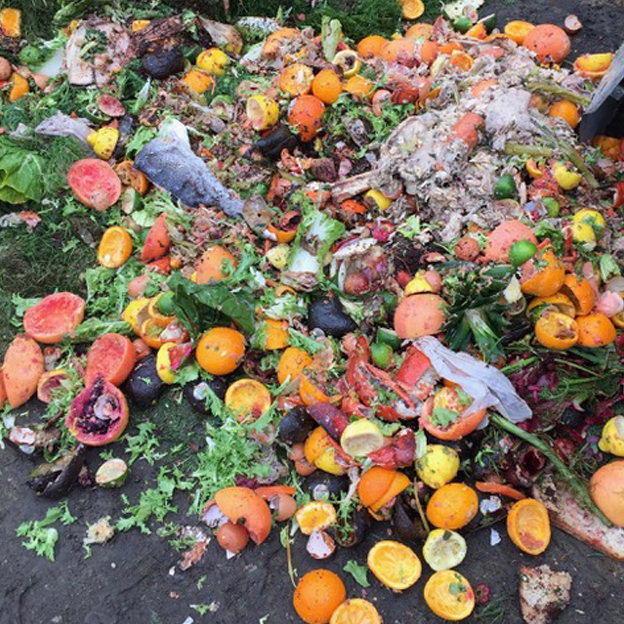
Plastics and Recycling—We can do better!
We are drowning in plastics and the oil industry is doing their best to keep it that way. Plastics, which are made from oil, support production even when the demand for heating oil is down. From the beginning, oil companies have known that recycling plastics is not effective but they have lulled us into thinking that our consumption of plastics is not harmful. Our world- and sadly our oceans- are now filled with the stuff.
The recycling markets are not dead but they are not as robust as they used to be. Our recycling goes off-island to one of nine MA MRFs (materials recovery facilities). There it is sorted both mechanically and by hand. When there are things on the belt that cannot be handled, they stop work and damage the machinery.
When we “wishcycle”—and put things in the recycling bin for which
there is currently no market, we just make the whole process less effective, more wasteful and expensive. Here are a few key points—
- NO plastic bags! They get caught on the MRF drum and are dangerous to remove.
- NO food or liquid in any recyclable-be sure to remove all food and detritus before recycling.
- Not ALL plastics are recyclable. Only “bottles, jars, jugs and tubs.”
- Milk and orange juice cartons, juice boxes etc… are NOT recyclable.
- Clean corrugated cardboard is very valuable now because of online shopping and shipping.
- Glass will soon be separated out. Its only current use is crushed for roadbeds and we will
be shipping it to a different location.
Want to know if something is recyclable? Go to https://recyclesmartma.org/results-materials/#
Only recycling allowed plastics is eye-opening: you will be surprised at how many items are NOT recyclable.
This may get you thinking about single use plastics: could you buy things in other forms so as
to avoid plastic packaging? That is by far and away the best choice for our planet.
Composting at home is also a good idea. The compost you produce can feed your soil and makes for more nutrient-dense produce. If you don’t want to do this, take your compost to the local drop-off and IGI will compost it at Thimble Farm.
*Washington Post; Feb 25, 2021
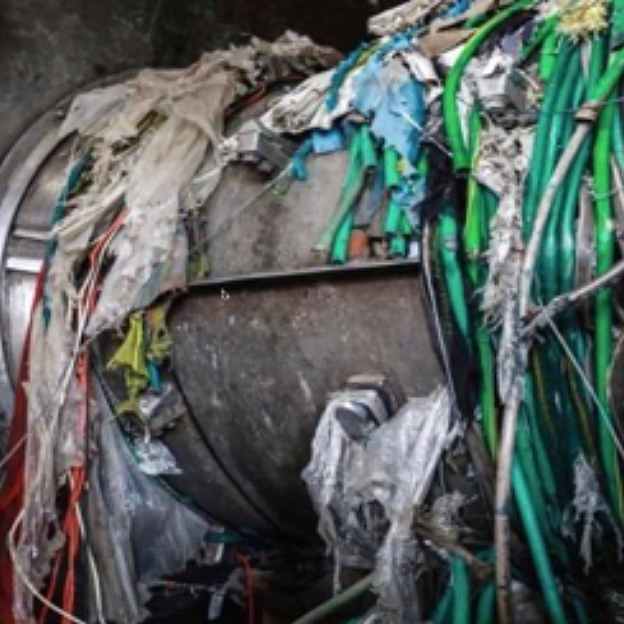
Regenerating Soil- A Key Strategy
A Climate Solutions series would be remiss with talking about the importance of soil: its role as a carbon sink and how caring for it helps both the planet and our species. Food, agriculture and land use are 25% of carbon emissions.
Underneath the soil there is a whole network of LIFE that if left undisturbed and nourished can absorb carbon from the atmosphere instead of releasing it. As stated in the book Drawdown, “no other mechanism known to humankind is as effective in addressing global warming as capturing carbon dioxide from the air through photosynthesis.”
“The Green Revolution”— now thought to have been a misguided approach to feeding the many, relies on fertilizers and chemicals to increase crop yields. It degrades soil: making it less productive, more susceptible to drought, insects, weeds, blight and erosion.
Regenerative agriculture seeks to restore soils: creating an environment that increases fertility, water retention, and the network of organisms under the surface that can absorb carbon and give us more nutritious food. Reducing tillage, keeping the soil covered with cover crops and mulches, keep living roots in the soil for as much of the year as possible, and using compost to support the soil web are part of this shift. All help retain and absorb carbon.
What Can YOU Do? Buy foods that are grown as conscientiously as possible. Ask your farmers what soil practices they are using.
Encourage them to learn about regenerative practices.
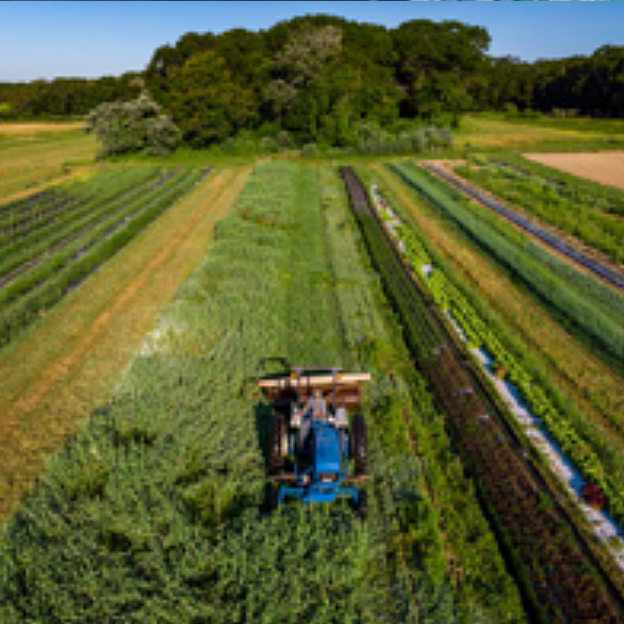
Photo taken for IGI by Randi Baird.
Moving towards a Circular Economy-A regenerative approach
Linear vs Circular—What does it Mean?
We have designed a linear, extractive economy: we take resources, make them into products, use them and discard them. The focus is not on making things durable but on selling more and more cheap stuff. There is little regard or consequence for the true costs of consumption. This continual consumption is a key contributor to the climate crisis. We need another way to live on this planet: taking our cues from the natural world where there is no waste.
In a recent NY Times Climate event addressing climate change, Dame Ellen MacArthur said that 45% of carbon emissions are related to products and land use and said the top 5 contributors are: steel, aluminum, concrete, plastics and food.
“A circular economy is based on the principles of designing out waste and pollution, keeping products and materials in use, and regenerating natural systems.”
She asks us to consider: “What are we designing for?” saying we need to define where we want to get to—a net zero carbon future and a zero waste future—and design for that. It is a big shift that can make a BIG difference.
What can YOU do?
-
- Go to the Ellen Macarthur Foundation and other websites to learn more about the idea of a circular
economy and how we can make this important shift.
- Be mindful of your own resource use.
- Rather than buying something, have access to it.
- Buy things second-hand.
- Watch “The Story of Stuff”
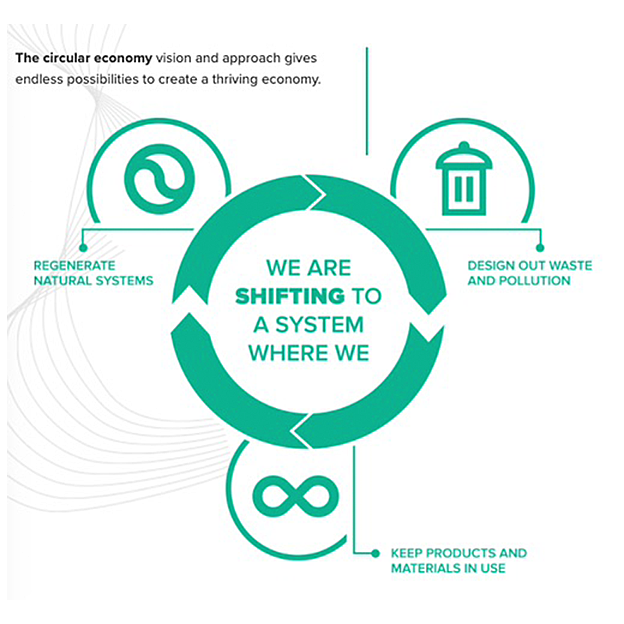
Credit the Ellen MacArthur Foundation

